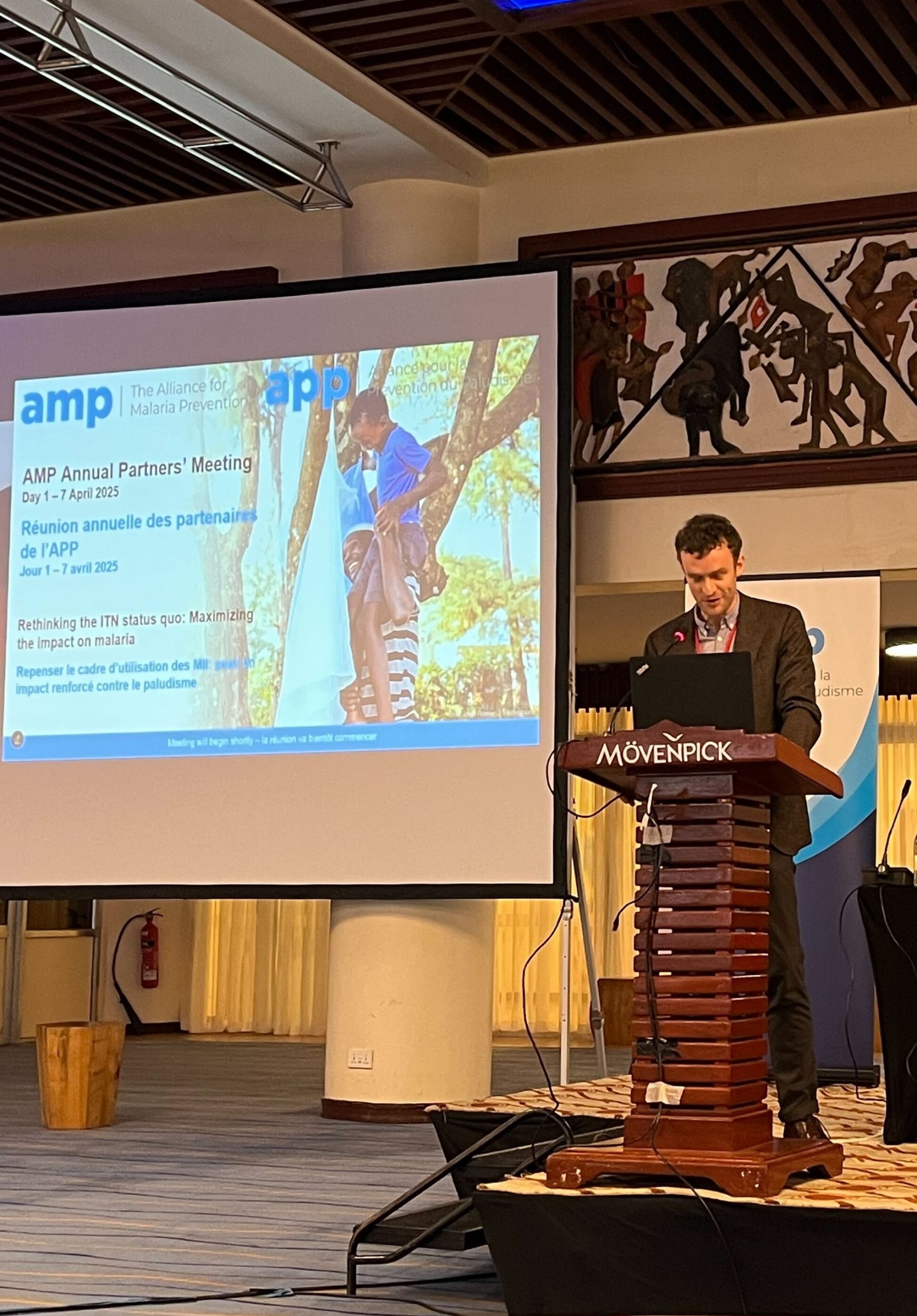Every month we send an email newsletter to our supporters sharing recent updates from our work. We publish selected portions of the newsletter on our blog to make this news more accessible to people who visit our website. For key updates from the latest installment, please see below!
If you’d like to receive the complete newsletter in your inbox each month, you can subscribe here.
Our “Heads Up” Work
We’ve worked to improve our research insights over the last year by taking a more “heads up” approach—networking with more experts, going on more site visits, incorporating more local knowledge into our analyses. We often say that “reality is complicated,” and we know that spreadsheets and models alone can’t capture the whole story.
This effort is already paying off in meaningful ways. As part of our ongoing work to identify gaps resulting from USAID cuts, our malaria chemoprevention research team was able to quickly contact country-based representatives from multiple organizations who offered candid perspectives on the funding landscape and potential implementers as we investigated a potential grant. These conversations ultimately led us to fund a different organization than we had originally considered, and we’re confident that this decision was better informed as a result.
Another recent example comes from our malaria vector control research team. This spring, they attended the Alliance for Malaria Prevention Annual Partners Meeting in Nairobi, Kenya, which brings together funders, technical experts, and program implementers from around the world working in the malaria net space. In light of recent cuts to US foreign assistance, the meeting offered an opportunity to engage new partners and strengthen existing relationships at a critical moment. These connections deepen our understanding of the evolving challenges in the field, surface insights we might not otherwise access, and help ensure our research remains grounded in real-world implementation.

Our researchers also have several site visits planned for this year, including trips to see programs in action in Côte d’Ivoire, India, Kenya, Malawi, Sierra Leone, and Uganda. Traveling to areas where the programs we fund operate helps us understand realities and challenges that our research might otherwise miss. We’re continuing to invest in this type of work as an important complement to our desk research, and we’re encouraged by the results we’re seeing as we integrate the approaches.
Research and Partner Roundup
- GiveWell is considering funding programs that increase access to modern contraception in low- and middle-income countries. We recently published a page outlining our current approach to valuing contraception in our cost-effectiveness analysis.
- GiveWell published new pages on an agreement with Good Judgment Inc. to provide forecasts about future US government foreign aid funding levels, grants to fill short-term funding gaps for seasonal malaria chemoprevention, our deprioritization of oral cholera vaccines, and more.
- Malaria Consortium reached more than 22.5 million children with seasonal malaria chemoprevention in 2024 according to their recently published philanthropy and coverage reports.
- New Incentives published a blog post detailing a typical immunization day in Kebbi, Nigeria, highlighting the logistical challenges and the dedicated efforts of healthcare workers to ensure children visiting the clinic receive their vaccines.
